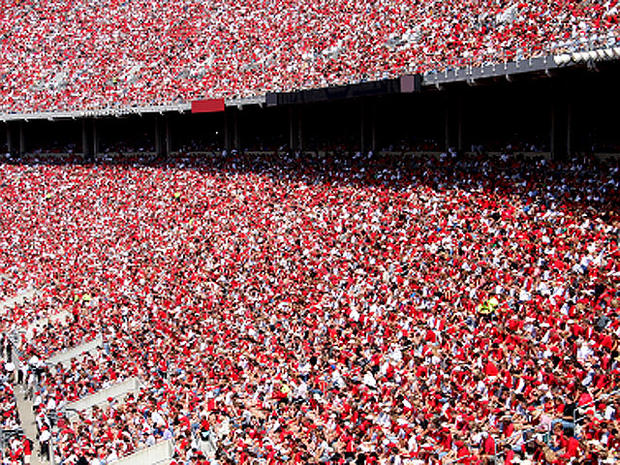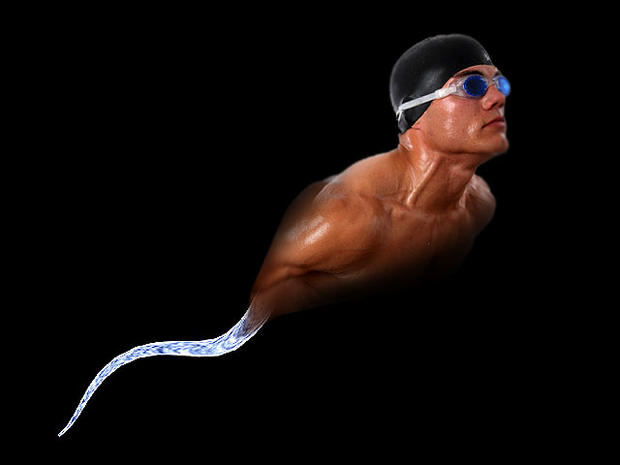Ivy League sperm: Do you have it?
Talk about swimming upstream.
And there's a lot more about sperm banks and donor sperm that might surprise you. Keep clicking to read some fascinating facts assembled by Dr. Randi Hutter Epstein, the author of a new book entitled "Get Me Out: A History of Childbirth from the Garden of Eden to the Sperm Bank."
Brains and personality matter
Looks matter too
Middle-aged? You can forget about becoming a sperm donor. Sperm banks generally want guys between 19 and 39 years of age.
One of millions and millions
Lucky for sperm donors, the male body is a sperm-making machine. In fact, once he hits puberty a guy churns out sperm every day of his life. Each sperm cell takes about 64 days to make.
GPS for gonads
On the other hand, sperm aren't completely clueless. Recent research indicates that each sperm cell has a chemical receptor that helps guide it to the waiting egg. Think GPS for the gonads.











